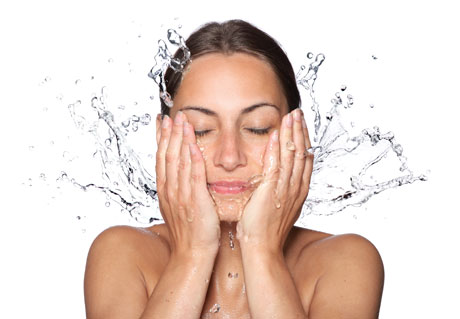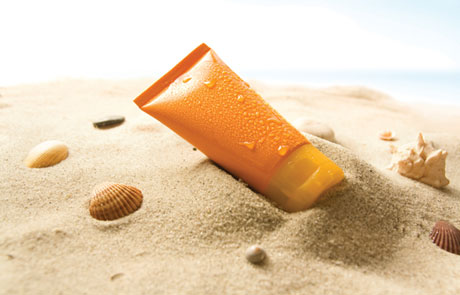 Love the skin you're in!
Love the skin you're in!
Skin care is a universal concern for women of all ages — from our first pubescent blemishes right into adulthood. As aesthetician Caitlin Irene Walsh of Milagros SalonSpa in Seattle notes, “Your skin is your largest organ, and it reflects the health of your body — and it’s most beautiful when you wear it proudly.”
When clients ask Walsh for her secret to healthy, beautiful skin, she says her response is always a simple one: consistency. “Consistency with taking care of your skin is truly the secret to getting the results that you want,” she says. “Keep your skin hydrated and moisturized.… Make a ritual for yourself, applying it to your face, neck and décolleté every day. This will be the best thing for preventing aging and helping to preserve your beautiful, youthful skin.”
Christy Prunier, founder and CEO of the all-natural skin care line Willa for girls, wishes she would have made healthy skin care habits a part of her daily routine at an earlier age. That’s why she founded Willa: to help her own teenage daughter and other young girls take care of their skin with safe and natural products.
While healthy routines play important roles in keeping skin aglow, other factors can also help pave the road to sensational skin: avoiding unhealthy oily and fried foods, getting lots of rest, drinking water to stay hydrated, exercising for healthy circulation and, most important, wearing sunscreen on a regular basis.
“Aestheticians can’t stress it enough: Put on that sun block! Even when the sun is hiding in the clouds, UV rays still make it down to us. Sun is the number-one cause of aging skin,” says Walsh.
While research is limited on which foods help skin stay healthy, we do know that antioxidant-rich ingredients can help your skin naturally. “Antioxidants protect and repair the body’s cells against free radicals that can cause damage to cells, alter DNA or completely kill cells altogether, leading to premature aging and diseases,” says Walsh.
Fruits high in antioxidants include açai berries, pomegranates, blueberries, blackberries and cranberries, she says. “Some of my favorite vegetables are spinach, broccoli and red peppers.”
Says Prunier, “I’ve learned from dermatologists that acne is caused by blood sugar, chronic inflammation and stress. Many foods exacerbate these conditions and can trigger acne.”
She advises avoiding foods that come from a factory. “The closer you stay to ‘whole foods,’ such as apples instead of applesauce, the better off you’ll be.”
 May’s List
May’s List
Unsafe sunscreen for kids
With the summer months upon us, you’ll probably be picking up some sunscreen for those balmy beach days, family hikes and lazy days at the park. And, sure, there’s a wide variety of brands to choose from. But what’s the safest choice for your family?
To make this important consumer decision a little easier, the Environmental Working Group (EWG) offers an annual “Skin Deep” sunscreen report that rates more than 1,700 sunscreens, lip balms, and SPF moisturizers and makeup for poor UVA protection, risky vitamin A additives and hazardous chemical inclusions. Here are six unsafe offenders that topped the EWG’s Sunscreen Hall of Shame list for 2011:
1. Hawaiian Tropic Baby Stick Sunscreen SPF 50
2. Baby Blanket SunBlankie Towelette SPF 45+
3. Aveeno Baby Continuous Protection SPF 55
4. Coppertone Water Babies Sunscreen Lotion SPF 70+
5. Banana Boat Sport Performance Active Max Protect, SPF 110
6. Rite Aid Kids Sunscreen Spray Lotion SPF 45
For more information on what brands offer safe sunscreens for kids and adults, and to see the EWG’s full report, visit breakingnews.ewg.org/2011sunscreen. iPhone users can also download the guide as a free app, available in the iTunes store.
Jen Betterley is ParentMap’s web editor.











